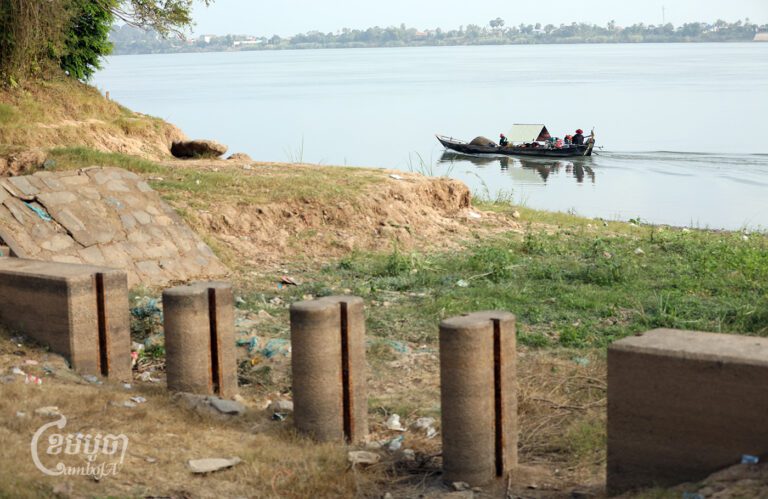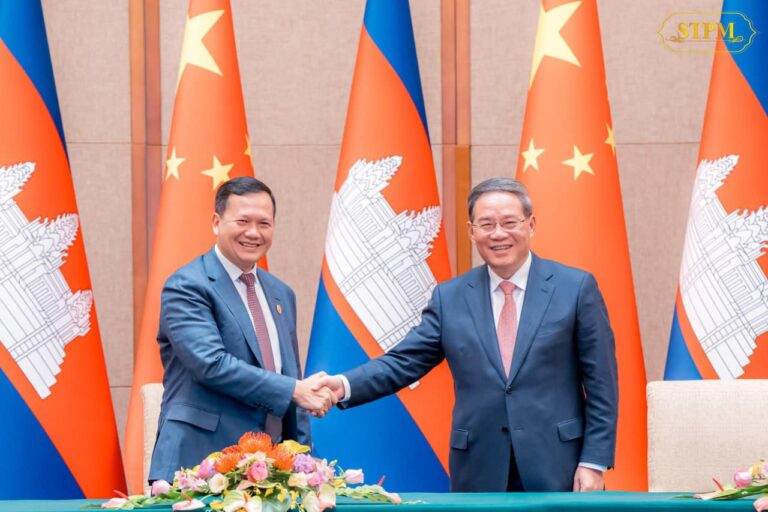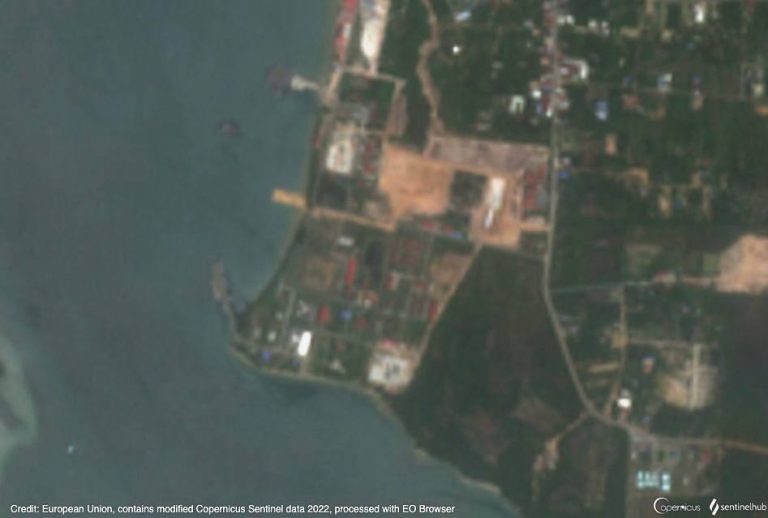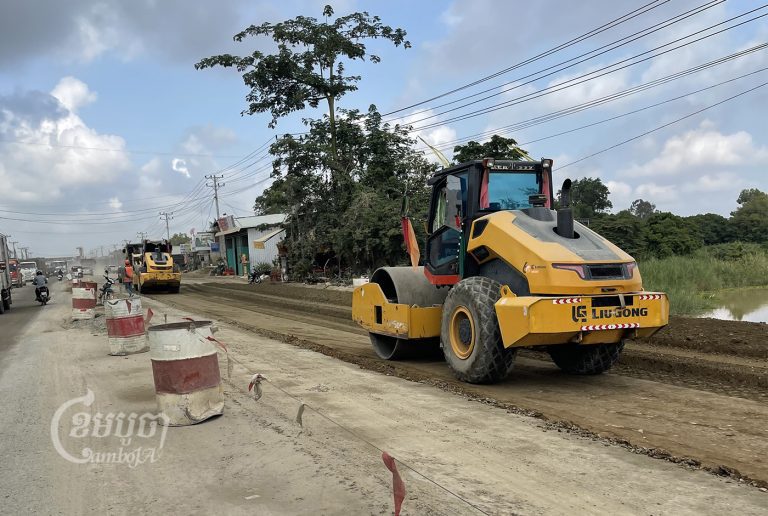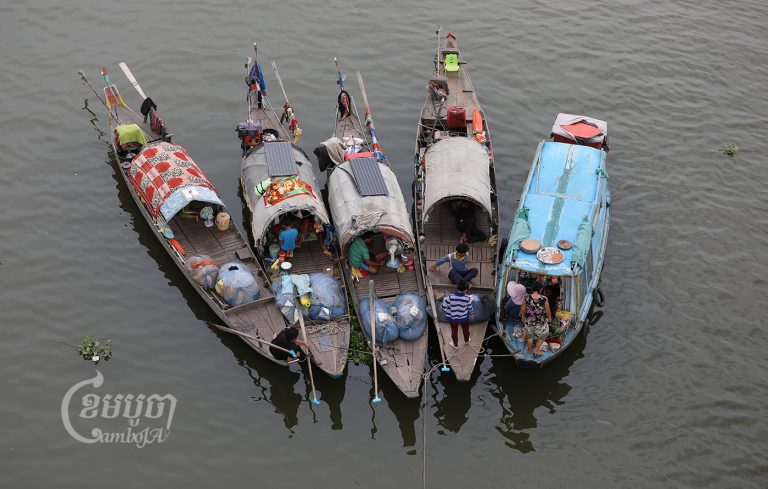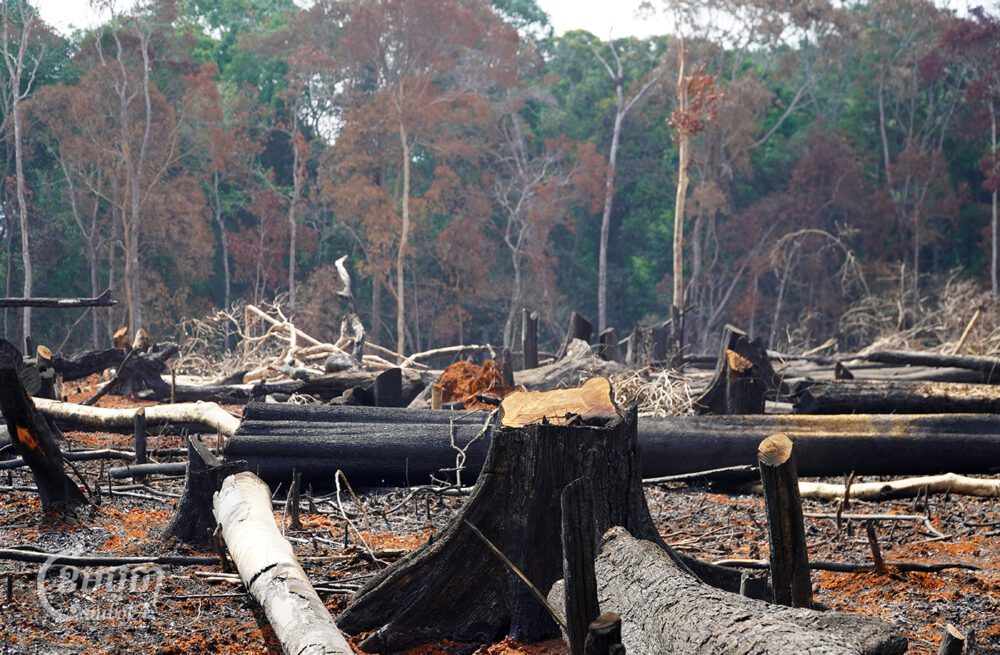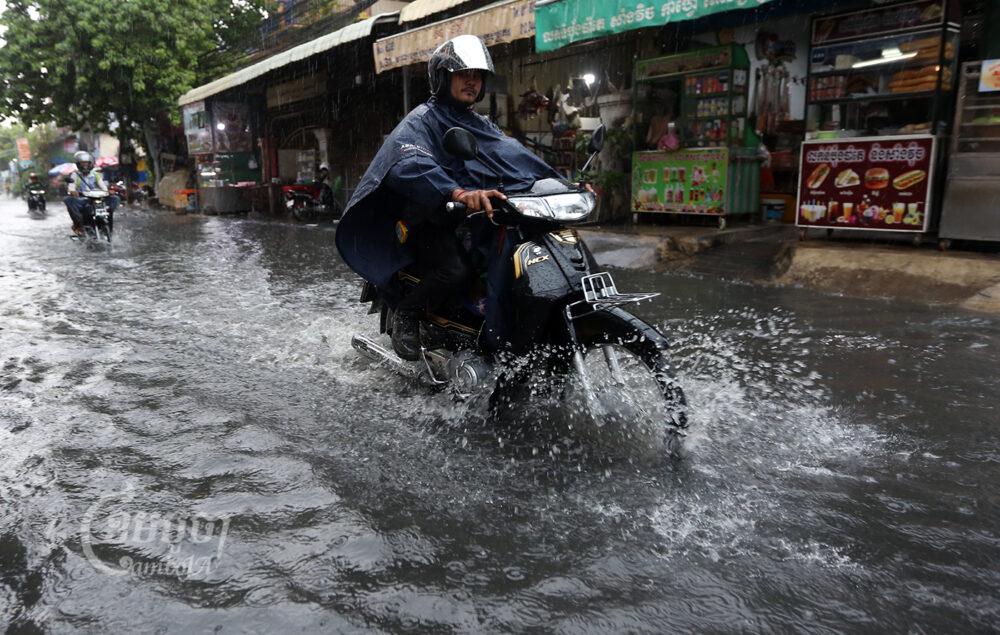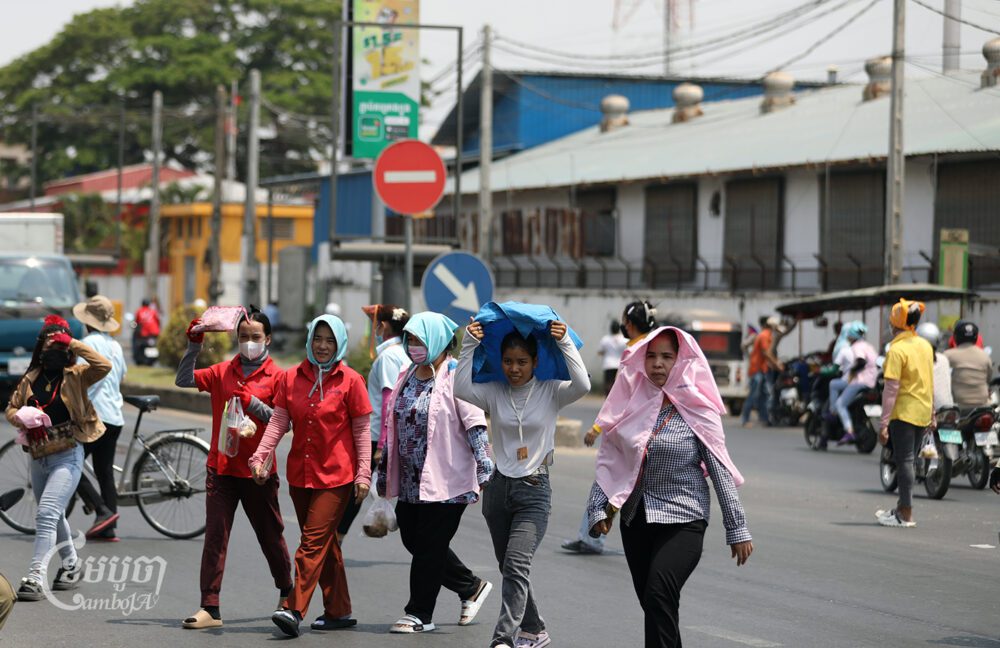A new report that found China’s upstream dam management is responsible for dangerously low water levels and drought conditions along the Mekong River needs to be “studied”, according to a Cambodian National Mekong Commission official.
The report, titled “Monitoring the Quantity of Water Flowing Through the Upper Mekong Basin Under Natural (Unimpeded) Conditions”, used river gauges to sense water flows along the river. It said China’s portion of the Upper Mekong saw high levels of rainfall from April to November 2019 as downstream regions like Cambodia were in drought.
With regular snowmelt, there should have been enough water flowing downstream to keep levels high even in the Lower Mekong, the report claimed, but that did not happen. Instead, most of the water was held in upstream dams by engineers in China.
Cambodia National Mekong Committee secretary-general So Sophort said on Friday drought conditions over in the past year in the Lower Mekong had been debilitating.
“The drought in 2019 was severe and the water levels reached their lowest in a recorded history of more than 60 years, and that was due to the low regional rainfall and the hotter and drier weather that the Mekong region faced,” Sophort said, explaining the impacts were felt in other Mekong basin countries of Thailand, Laos and Vietnam.
Sophort said that the findings of the report therefore deserved to be taken seriously by the Mekong River Commission, a regional body that attempts to govern the Mekong.
“It has been said the drought faced in the Mekong basin was because of mainstream dams on the Mekong,” he said. “This needs to be further studied by the MRC.”
He added that the findings would likely be taken into consideration “for better management and mitigation of drought in a cooperative manner in the future,” but that it should be remembered that China was a valued “dialogue partner” of the MRC.
“Cooperation with China is progressing well, including with information and data sharing. China as an MRC dialogue partner is always committed to working with the MRC member countries to address our common challenges for mutual benefit.”
Released on April 10, the report for the water management monitor Eyes on Earth counterposed its findings with a public statement made earlier this year by Chinese Foreign Minister Wang Yi that low rainfall was the cause of the drought in the region and that China was hurting too. Instead, it said water in the Lower Mekong would presently be expected to be at above average levels if not for water being held back in China.
“Today a total of eleven mega-dams dot China’s upper Mekong reaches and collectively store as much water as the Chesapeake Bay,” the report said. “The frequency and severity of downstream drought has increased over the last two decades, and Thailand, Cambodia, and Vietnam are currently suffering through the worst drought in history.”
“Now that these findings are available and can be reported in near-real time, it is incumbent upon stakeholders in Lower Mekong countries to pursue changes to the way China’s upstream dams are operated and negotiate for a more equitable distribution.”
It noted, in particular, the impact reduced flows were having on food security.
“In Cambodia, fishing communities alongside the Tonle Sap Lake – the world’s largest inland fishery from which Cambodians catch up to 70% of their protein intake – reported fish catches 80-90% lower than usual. Nowadays some highly populated portions of Vietnam’s Mekong Delta have completely lost access to fresh water.”
As the basin enters into dry season, it added, already 17 provinces across the four Mekong countries had declared “emergency” drought conditions, with the reduced water hampering efforts to grow rice and adding to worries amid the Covid-19 outbreak.
Minh Bunly, a program coordinator for the local organization Fisheries Action Coalition Team along the Tonle Sap lake, which receives most of its water from the Mekong, said the Cambodian government should seek an explanation from China about its dam use.
“It impacts not only the Mekong but also the Tonle Sap because if there are not good flow conditions, it affects the fish shelters and fish reproduction [upstream]. So blocking and restricting dams in China really impacts natural resources in Cambodia, and the Cambodian government should find a solution with the relevant country on this issue.”
Bunly said Cambodian fishers in his community were witnessing lower and lower catches each year. He said it was unsustainable for the situation to continue.
Government officials were less interested in commenting on the report. Council of Ministers spokesman Phay Siphan, for one, declined to comment on the issue and referred queries to the Ministry of Environment and the Ministry of Water Resources.
Environment Ministry spokesman Neth Pheaktra, in turn, referred questions to the Ministry of Water Resources. The spokesperson for that ministry, Chan Youttha, declined to comment, too, and referred questions to Ta Navuth, the vice chairman of the Cambodia National Mekong Committee. Navuth also declined to comment.



